The one question running through your mind: How much will it cost to build a FinTech app?
The truth is, the exact numbers depend on many factors: the type of app, the features, security, integrations, and even where your team is located.
In this blog, we’ll break down FinTech app development cost, explain why different apps cost differently, and share practical tips to plan your budget efficiently.
By the end, you’ll have a clear sense of what goes into building a FinTech app and how to manage costs without cutting corners on quality or security.
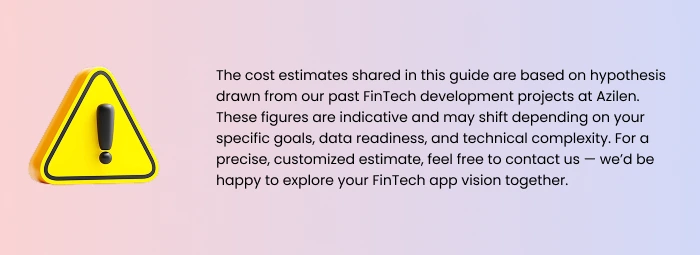
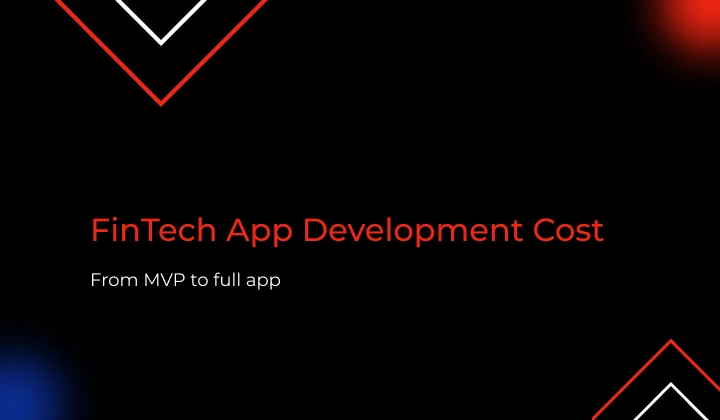


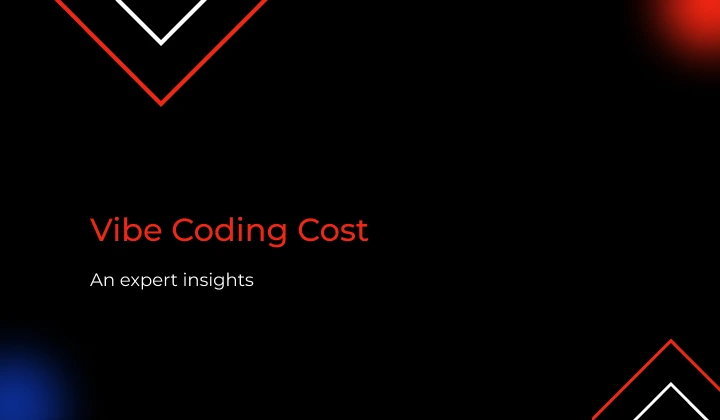
 11 mins
11 mins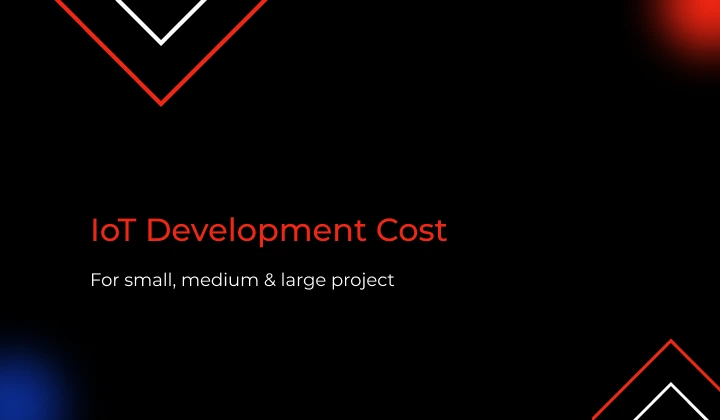
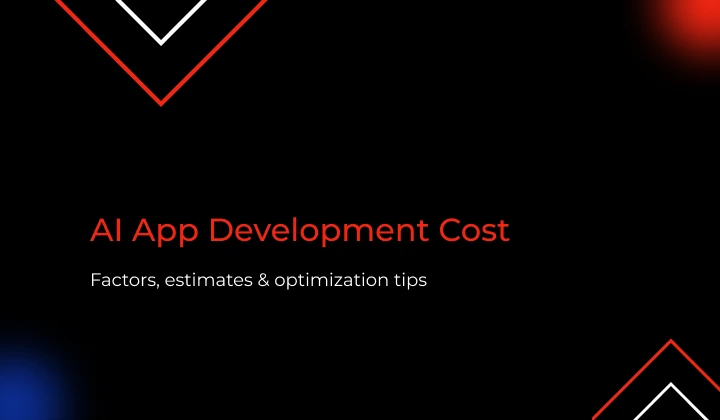








 Talk to Our
Consultants
Talk to Our
Consultants Chat with
Our Experts
Chat with
Our Experts Write us
an Email
Write us
an Email







